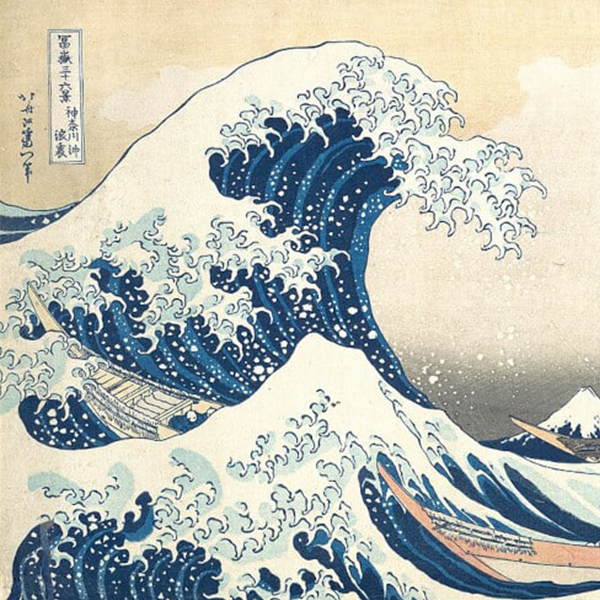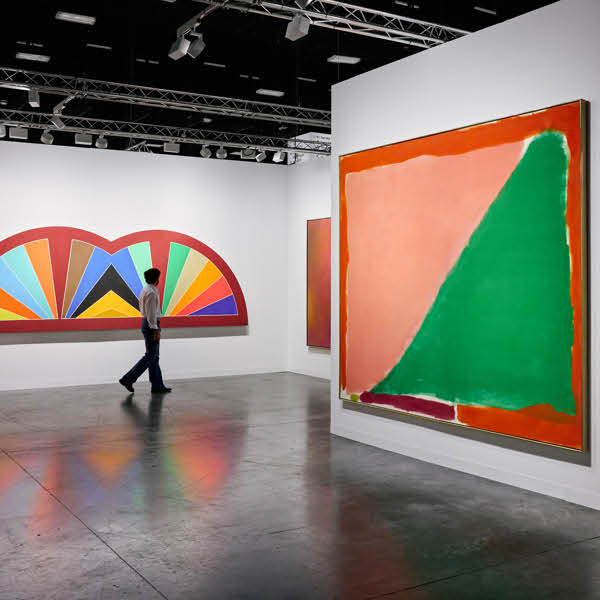View this post on Instagram
For most people, a standard office copy machine may not inspire much creativity. However, the Japanese-designed Risograph printer from the ‘80s is no ordinary workplace appliance. Fast and easy to use, the bulky, gray machine was originally intended for offices and schools. However, today's artists with a curiosity for vintage technology have now turned the Risograph into a printmaking phenomenon.
Read on to discover the history of the Risograph printer and the rise of risograph printing as an art form.
View this post on Instagram
What is a Risograph Printer?
Invented by Noboru Hayama (founder of Riso Kagaku Corporation), The Risograph 007 printer was first released in Japan in August 1986. Its function is often described as a mix between screen printing and photocopying, as it can only print one color at a time. Combining both digital and analog printing methods, the Risograph receives your image digitally and then makes a stencil by burning tiny pixelated holes into a fiber-based master. This master is then wrapped around a color drum that pushes the ink onto the paper, resulting in a print. This process happens one color at a time (just like silk screen printing), so the more colors your design has, the more times your paper needs to go through the machine.
View this post on Instagram
While Hayama was developing the Risograph printer, he was also working on creating a new ink. Following the end of World War II, Japan was suffering a period of economic depression. Emulsion ink was only available through an expensive importing process, so, in a bid to bring a cheaper alternative to the market, Hayama devised a soy-based ink called “Riso” (meaning “ideal” in Japanese). Riso was ideal for high-quality color printing at an affordable price—not to mention it’s better for the environment compared to other inks.
Aside from its vibrant inks, the Risograph is also extremely efficient. With one push of a button, the machine can print between 50 and 10,000 copies within minutes.
View this post on Instagram
Risograph’s Renaissance
Various Risograph printers are still manufactured today, and there’s even entire printmaking studios dedicated to the vintage medium. With its fun and timeless appeal, more and more artists and self-publishers are using the old-school technology to create zines and limited edition prints.
Matt Davis, the owner and operator of Chicago’s Perfectly Acceptable publishing house, got his first Risograph printer for free from a post office in Ohio. When he opened his print studio in 2013, he says the Riso world felt like “the Wild West.” However, today, he helps artists create and sell their riso creations to stockists and individuals all over the world.
View this post on Instagram
The simplicity and myriad color combinations that the Risograph allows makes it a no-brainer for print-loving artists who love to experiment. Nichole Shinn, of the Brooklyn-based publishing collective TXTbooks says, “The Risograph was never intended to function as an artistic exploration, but that’s what makes it so interesting to a lot of people trying to navigate different ways the printer can be used creatively.”
Hamburg-based RISO Germany explains, “The Risograph seems to always be kind of like the dinosaur among other printing systems because they have existed for over forty years and very little has changed about their screen-print technology. However, to this day, they remain convincing and are loved dearly by their owners.”
Want to see what artists are creating with Risograph printers? Check out some riso art below.
Examples of Risograph Prints
View this post on Instagram
View this post on Instagram
View this post on Instagram
View this post on Instagram
View this post on Instagram
View this post on Instagram
View this post on Instagram
View this post on Instagram
View this post on Instagram
View this post on Instagram
View this post on Instagram
View this post on Instagram
A Risograph can also be used to print photos, resulting in a vintage, duo-tone aesthetic.
View this post on Instagram
View this post on Instagram
View this post on Instagram
View this post on Instagram
Related Articles:
Learn How the Invention of Printing Press Changed the World for the Better
8 Print Artists That Will Inspire You to Try Silk Screen Printing at Home
How to Make Your Own Woodblock Print Like the Japanese Masters
Designer Creates 3D-Printed Press That Allows Anyone to Print Art From Home






















































































